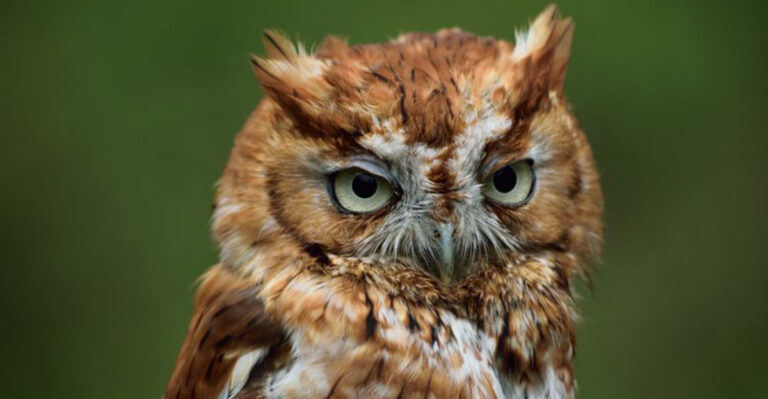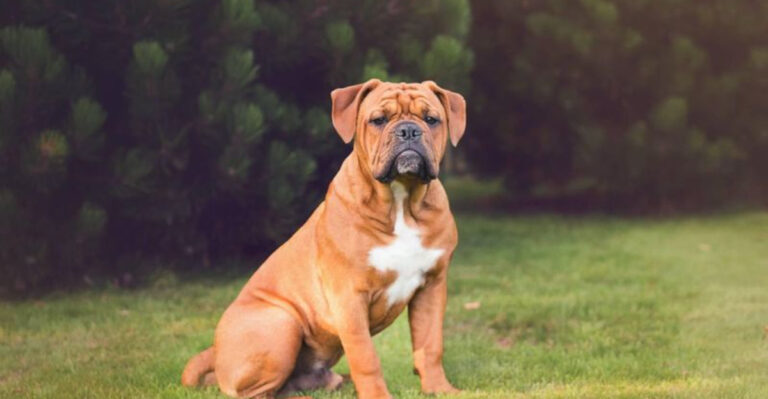The 15 Most Predatory Dog Breeds
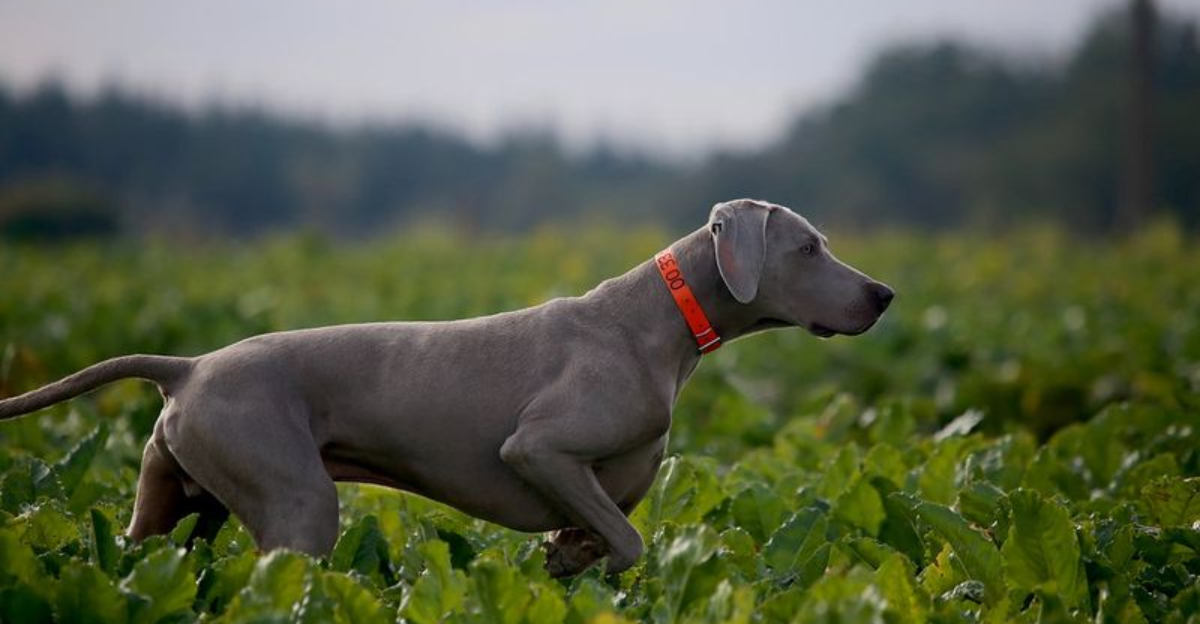
Dogs descended from wolves, and many breeds still carry strong hunting instincts. While all dogs have some predatory behaviors, certain breeds display these traits more intensely due to their history as hunters, trackers, or working animals.
Understanding these natural tendencies helps owners provide appropriate outlets for their energy and instincts while ensuring they’re properly trained and socialized.
1. Siberian Husky: Wolf-Like Hunters

Originally bred by the Chukchi people of Siberia for hunting and sledding, Huskies maintain strong prey drives. Their striking blue eyes might look angelic, but their predatory instincts run deep.
Squirrels, cats, and small animals often trigger their chase response. Despite their hunting heritage, Huskies typically bond well with humans, though they require firm training to manage their independent nature and tendency to roam in pursuit of potential prey.
2. Greyhound: Nature’s Speed Demons
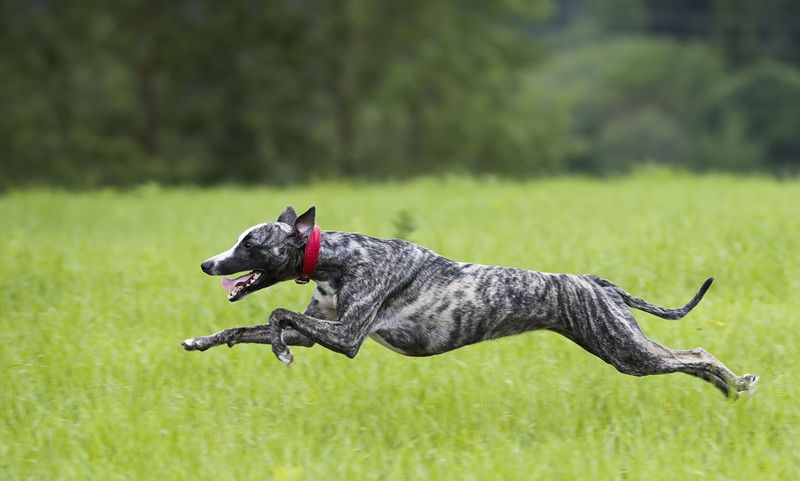
Built for the chase, Greyhounds can accelerate to 45 mph in mere seconds. Their slender bodies and keen eyesight make them exceptional hunters, originally bred to spot and pursue small game across open terrain.
When a Greyhound locks onto moving targets, their instinct takes over completely. Many retired racing Greyhounds need special consideration regarding small pets, as their lightning-fast pursuit reflex remains hardwired despite their typically gentle household demeanor.
3. German Shepherd: Tactical Predators
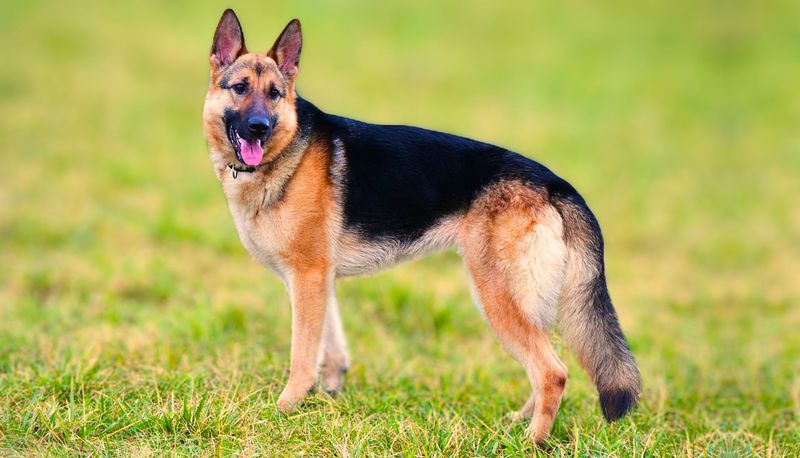
German Shepherds approach hunting with calculated precision rather than pure instinct. Their intelligence allows them to strategize when tracking and pursuing targets, making them formidable predators.
Law enforcement worldwide values their ability to channel these natural tendencies through training. A well-exercised Shepherd can distinguish between appropriate and inappropriate targets for their hunting drive, but without proper outlets, they may redirect predatory behaviors toward household items or smaller pets.
4. Jack Russell Terrier: Pocket-Sized Predators

Don’t let their small stature fool you—Jack Russells were specifically developed to hunt foxes and pursue them into their dens. Their tenacity is legendary among dog owners and breeders alike.
These little dynamos possess a prey drive that vastly outweighs their size. Squirrels, rabbits, and even household toys can trigger their intense hunting instincts. Many Jack Russell owners discover their pup’s predatory nature when their stuffed animals end up systematically “killed” with stuffing scattered everywhere.
5. Rhodesian Ridgeback: Lion Hunters
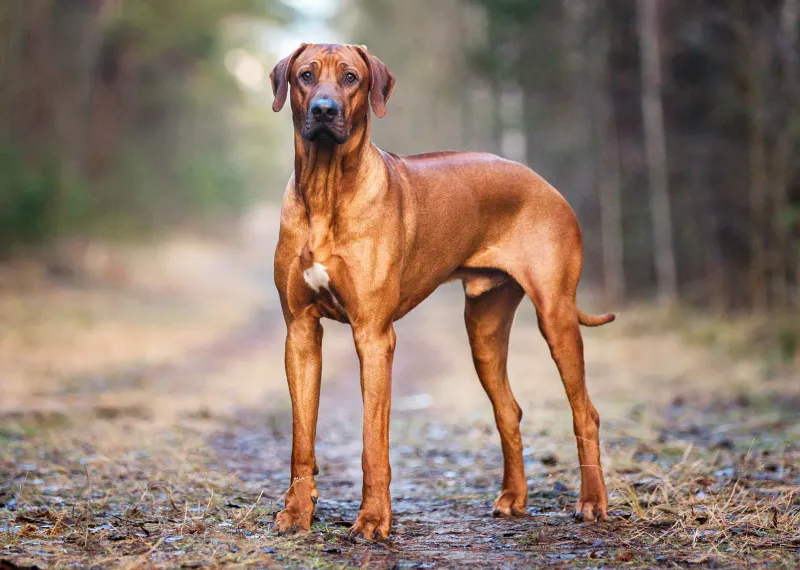
Few breeds boast the hunting prowess to take on lions, yet Ridgebacks were specifically bred for this purpose in Africa. The distinctive ridge of backward-growing hair along their spine marks them as elite hunters.
Originally developed to track and corner big game while waiting for human hunters to arrive, these dogs possess remarkable courage. Their hunting style involves silent tracking rather than barking, making them stealthy predators who observe before striking—a trait that carries into their assessment of strangers.
6. Australian Cattle Dog: Relentless Herders
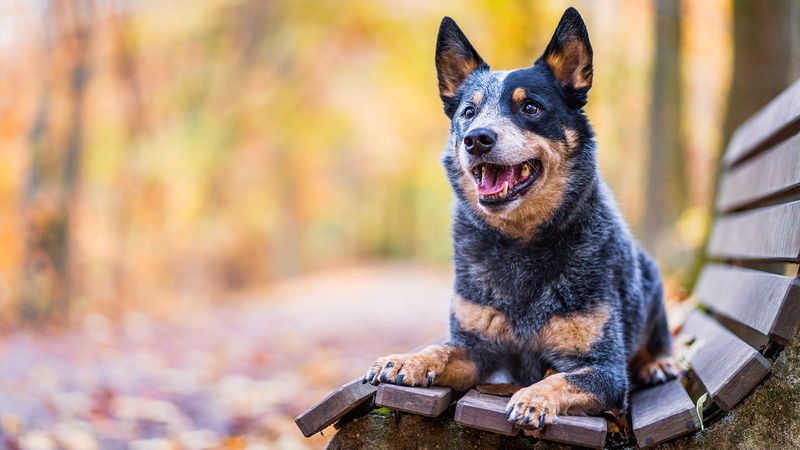
Ranch owners marvel at the Australian Cattle Dog’s ability to control animals ten times their size. Their herding technique involves nipping at heels—a modified predatory bite—and they’ll fearlessly confront charging cattle.
Without proper outlets, these dogs redirect their instincts toward moving objects, including cars, bicycles, and running children. Their boundless energy and tactical intelligence make them exceptional working dogs but challenging pets for unprepared owners who don’t understand their need to “hunt” through work.
7. Alaskan Malamute: Arctic Hunters
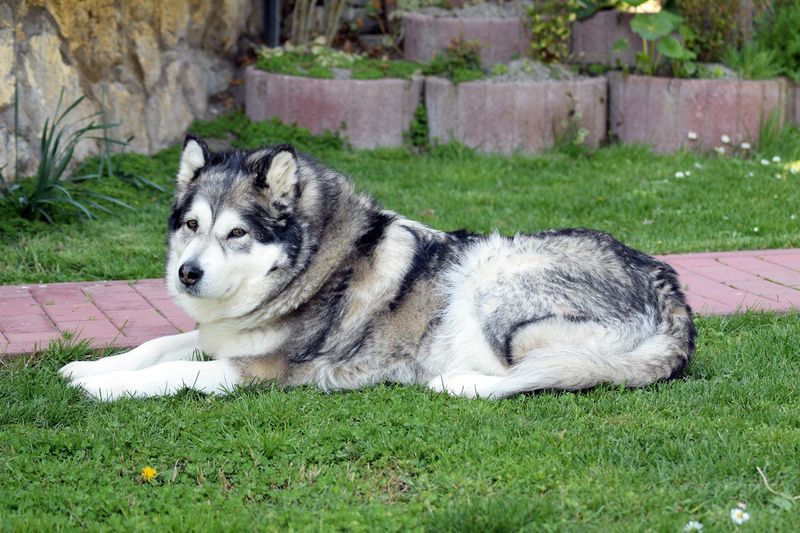
Malamutes share ancestry with wolves more recently than many breeds, and it shows in their hunting behaviors. Their powerful jaws and muscular build were essential for survival hunting in harsh Arctic conditions.
Historically used by Inuit people to hunt seals and pull heavy sleds loaded with game, their predatory instincts remain strong. Modern Malamutes frequently demonstrate food aggression and resource guarding—evolutionary adaptations from environments where sustenance was scarce and competition fierce.
8. Weimaraner: The Gray Ghost
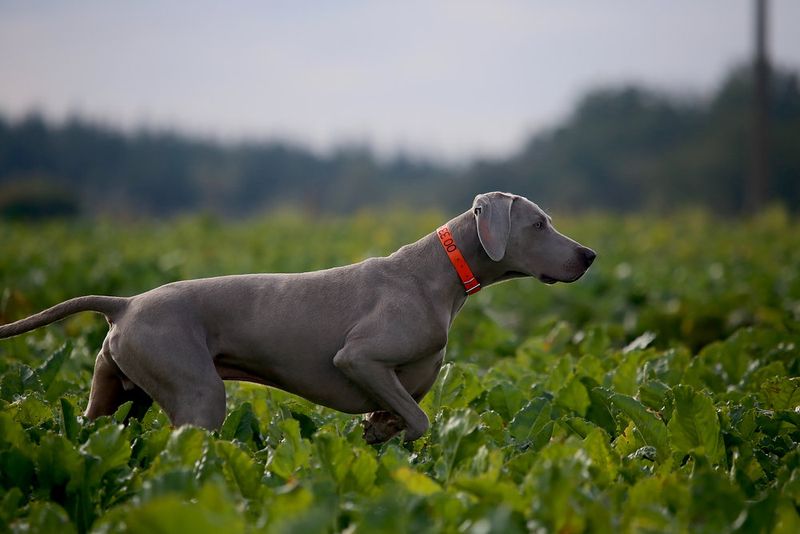
Developed for German nobility as hunting companions, Weimaraners earned their nickname “Gray Ghost” for their stealthy hunting style and distinctive silver-gray coat. Their incredible stamina allows them to track game tirelessly for hours.
These dogs possess an exceptional sense of smell combined with high intelligence, making them versatile hunters. Their predatory focus is so intense that Weimaraner owners often report their dogs becoming completely oblivious to commands once they’ve locked onto potential prey—a single-mindedness that can make off-leash recall challenging.
9. Doberman Pinscher: Calculated Stalkers
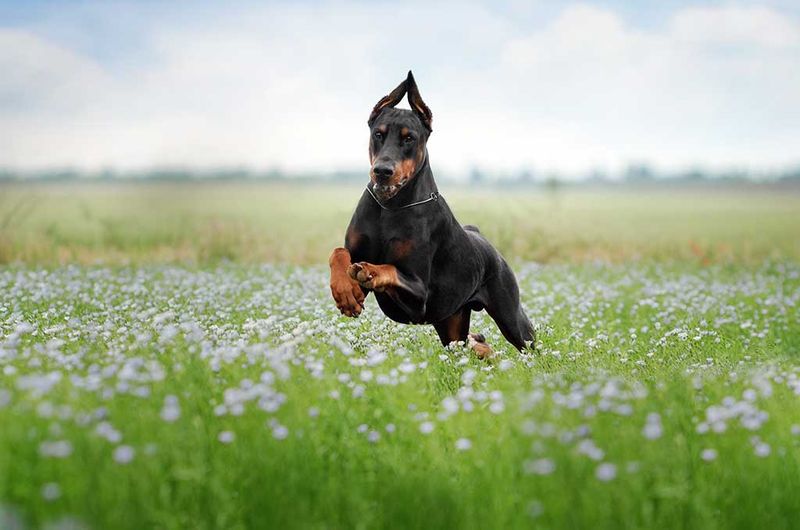
Dobermans approach hunting with methodical precision rather than wild abandon. Their sleek, powerful bodies enable quick bursts of speed when pursuing targets, while their intelligence allows them to anticipate prey movements.
Originally bred by a tax collector seeking protection during his rounds, Dobermans combine guardian instincts with predatory abilities. Their hunting style involves careful observation before decisive action—a trait that makes them excellent guard dogs but requires careful management around small animals they might classify as prey.
10. Airedale Terrier: Versatile Hunters
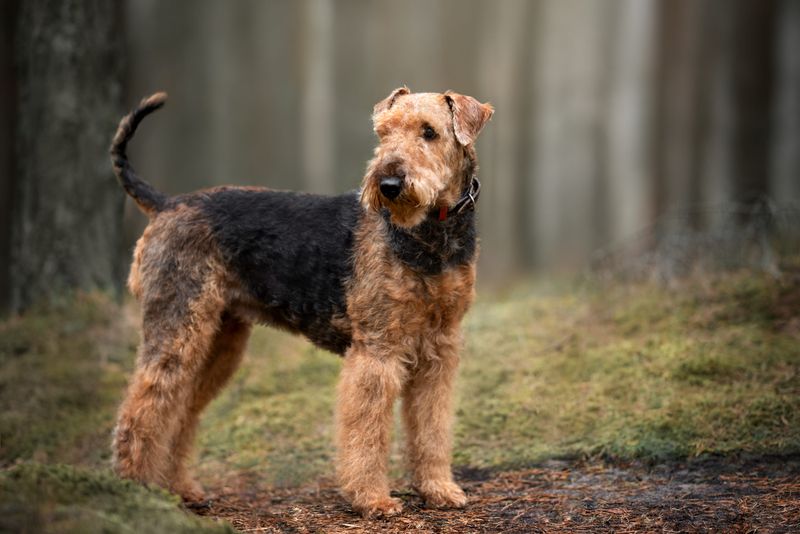
Known as the “King of Terriers,” Airedales were bred to hunt everything from water rats to otters and foxes. Their versatility makes them adaptable predators in various environments—equally comfortable pursuing prey on land or in water.
British gamekeepers prized these dogs for their determination and intelligence when tracking. Modern Airedales maintain strong hunting drives that can surprise unprepared owners. Their characteristic terrier tenacity means once they’ve targeted something as “prey,” they rarely abandon the chase without intervention.
11. Border Collie: Precision Chasers
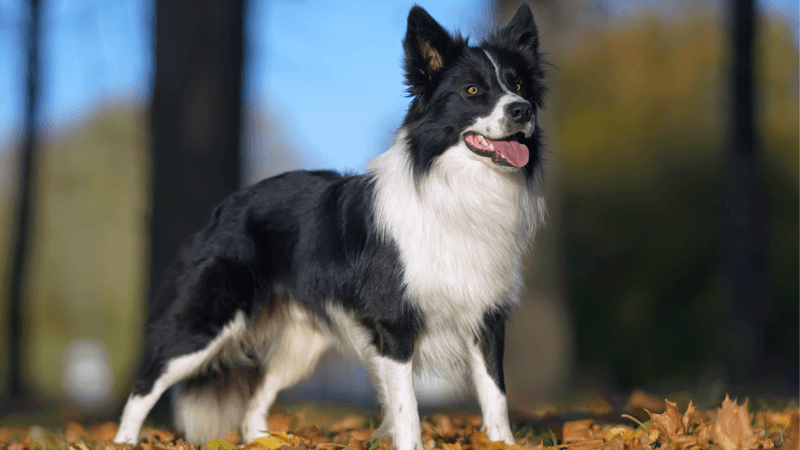
Border Collies transform predatory sequences into herding behaviors, using the stalk-and-chase portions without the kill. Their famous “eye”—an intense stare that controls livestock—is a modified hunting behavior that intimidates prey animals.
These dogs process movement faster than most humans can perceive, allowing them to anticipate and react to the slightest directional changes. Without proper outlets, Border Collies often “herd” children, cars, or other pets, demonstrating their instinctual need to control moving objects through their modified predatory behaviors.
12. Catahoula Leopard Dog: Feral Hog Hunters
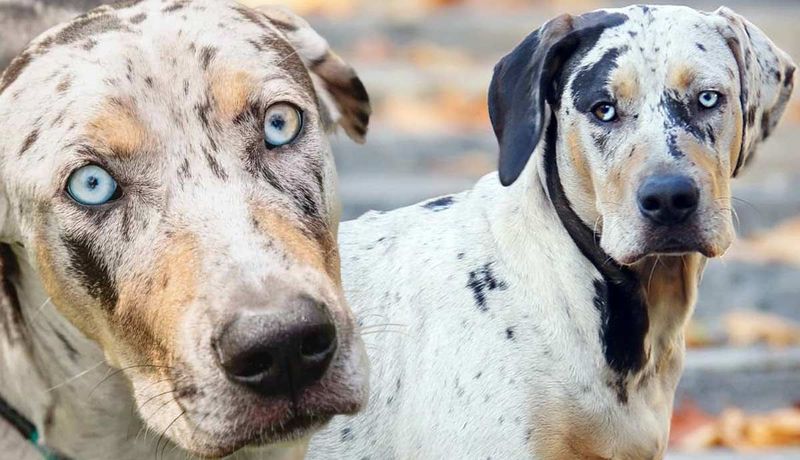
Louisiana’s state dog earned its reputation hunting wild boars—among the most dangerous game for working dogs. Their distinctive mottled coats provide camouflage during stalking, while their heterochromatic eyes (often different colors) intimidate both prey and strangers.
Catahoulas hunt using a unique “bay and hold” technique, circling and containing wild hogs until hunters arrive. Their territorial nature extends from hunting behaviors, making them naturally suspicious of unfamiliar people and animals. Few breeds match their combination of aggression, intelligence, and physical power when in predatory mode.
13. Vizsla: Velcro Hunters
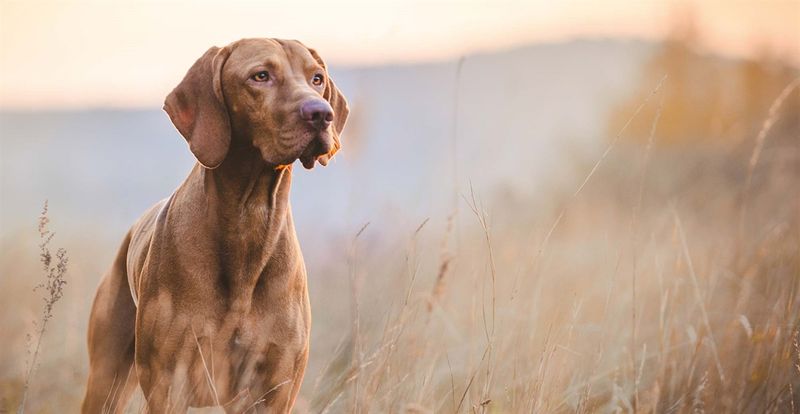
Hungarian nobility developed Vizslas as close-working hunting partners, explaining their nickname as “velcro dogs” who rarely leave their owner’s side. Their copper-colored coats provide camouflage in autumn fields while stalking game birds.
Unlike some hunting breeds that work independently, Vizslas maintain constant visual contact with handlers while hunting. Their pointing instinct freezes them completely when detecting prey, sometimes holding position for remarkable periods. Though gentle with family, their prey drive activates instantly at the sight of birds or small animals.
14. Saluki: Ancient Desert Hunters
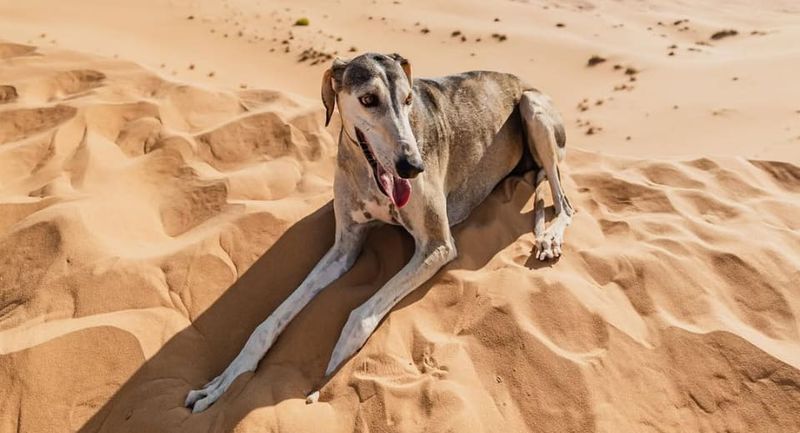
Among the world’s oldest dog breeds, Salukis hunted gazelles alongside Egyptian pharaohs thousands of years ago. Their slender build masks incredible strength and endurance developed for desert hunting over vast distances.
Unlike scent hounds, Salukis hunt primarily by sight, capable of spotting moving prey from remarkable distances. Their hunting style involves explosive acceleration followed by sustained pursuit. Many Saluki owners discover their seemingly lazy house pet transforms completely when outdoor movement triggers their deeply ingrained hunting programming.
15. Rat Terrier: Vermin Elimination Experts
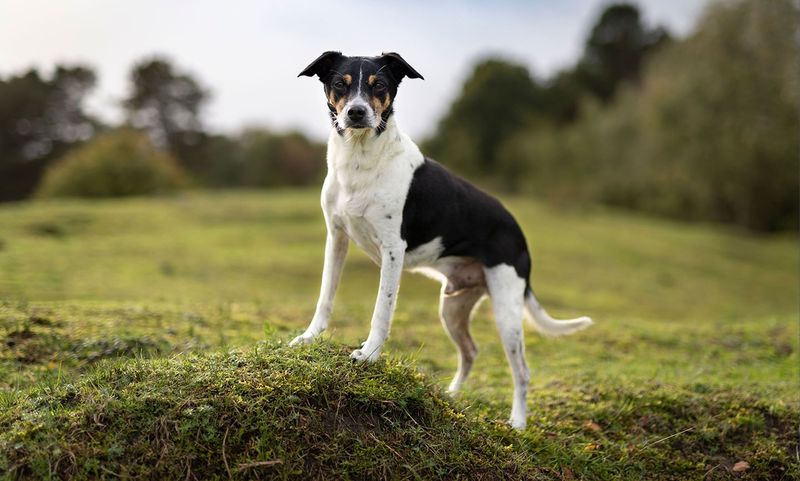
American farmers developed Rat Terriers for one specific purpose—controlling rodent populations. Their name directly reflects their primary prey, though they eagerly hunt anything small and fast-moving.
These compact dogs combine lightning reflexes with surprising strength. A Rat Terrier can change direction mid-sprint to follow erratic prey movements. Their hunting style involves quick, efficient kills rather than prolonged chases, with some individuals capable of eliminating dozens of rats in minutes when accessing infested areas.




